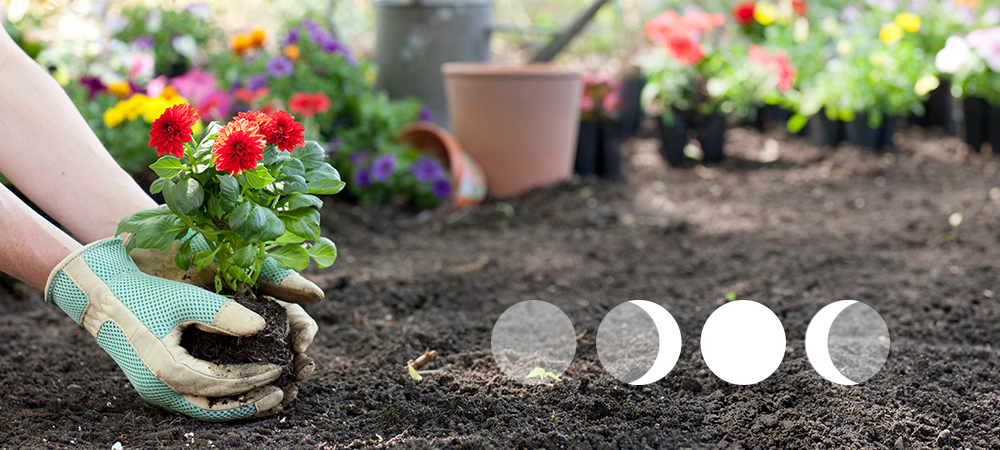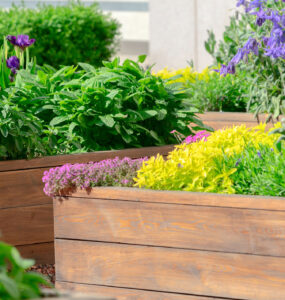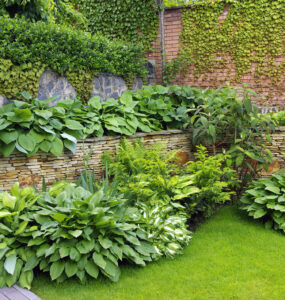For many centuries (or rather, many moons”¦) gardeners have planned out their planting schedule according to the lunar cycle, as the shifting gravitational pull throughout each moon phase has a profound effect on life on earth. Now, this might sound a bit like hippie mumbo jumbo, but there really is evidence all around us. Take the ocean’s tides for example: during the full moon or new moon, the tide is high, but as the moon waxes and wanes, the sea levels start to recede. So, how does this affect your garden’s growth? Here’s how:

The Science of Lunar Planting
Just like the water levels of the ocean getting pulled up during the full or new moon, the moisture levels in our gardens rise as well. With more water being pulled up to the surface of the soil, our plants are better able to soak it up. This is particularly important during germination, when seeds need to be well-saturated with water so they can burst open from their hard shells.
The amount of moonlight cast down onto our gardens has an effect on growth as well, so different types of plants do better when planted at different times. Root vegetables, fruits with seeds on the outside, and fruits with seeds on the inside all have different preferences for moonlight levels. Check out our moon gardening calendar to get a better understanding of how to plan out your seeding, transplanting, pruning and harvesting according to the moon phase.
Moon Gardening Calendar
The four main stages of the moon cycle are the new moon, waxing moon, full moon, and waning moon. The new moon is not visible (or you might just see a tiny sliver) as the earth is entirely blocking the sun from reflecting onto the moon’s surface. The waxing moon is the period between the first and third stages, where the moon appears to get bigger, from a crescent, to a half moon, to a full moon. The waning moon is the opposite: after the moon is full, it appears to get smaller and smaller each day until it disappears, starting the cycle over again with a new moon.

New Moon Planting Guide
The new moon is a fantastic time for planting because moisture levels are high, and moonlight is beginning to increase with each day. This helps seeds germinate, and it promotes healthy, balanced growth through the leaves and roots of plants. Crops with seeds that appear on the outside of the fruit do best when planted during this first quarter, so if you have any leafy greens like lettuce, cabbage or spinach, or if you want to plant some veggies like celery, broccoli or cauliflower, the new moon is a perfect opportunity.

Waxing Moon Planting Guide
The moisture levels are not as high during this phase, but the increase in moonlight has loads of benefits, especially for developing foliage. To take advantage of the moonlight but still get a bit of extra moisture, aim to plant around 3 days before the full moon. Plants with seeds that grow on the inside of their fruit, like peppers, tomatoes, beans and squash, will thrive beautifully if planted during that sweet spot near the end of the waxing moon phase.

Full Moon Planting Guide
The moisture levels are high again, but moonlight is going to begin steadily decreasing each day. This makes it a perfect time to plant root vegetables like carrots, potatoes, rutabagas and beets. All that extra energy being pulled into plant roots makes the full moon a great time to plant bulbs and perennials as well.

Waning Moon Planting Guide
This final moon phase has a weaker gravitational pull, and the moonlight declines until reaching the new moon, so it’s kind of like a resting phase for your garden. Instead of planting during this stage, focus your attention on other gardening tasks like harvesting, fertilizing, transplanting and pruning. Some say that mowing your lawn during a waning moon will help slow down the growth, so you don’t need to trim it as often.
Planting by the moon chart can have surprising outcomes on your many different garden plants”” it’s just a matter of knowing which ones to plant, and when. Follow this lunar gardening calendar and see for yourself if there’s a marked difference in the growth and crop yield of your fruits, veggies and flowers.















